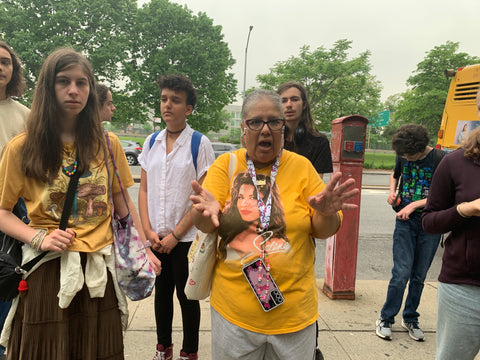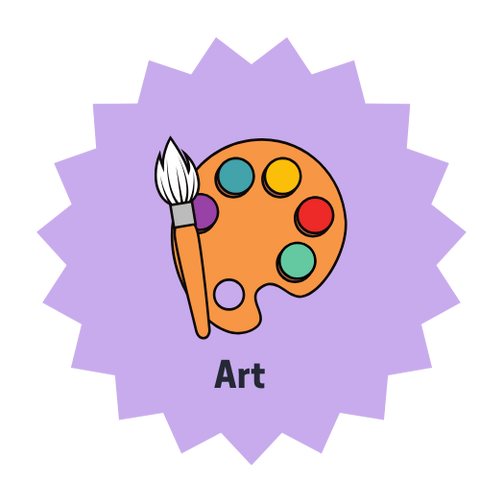Brooklyn Apple uses a child-centered approach to education. We believe that kids should have autonomy over their education. The guide is there to lead the group, but we focus on meeting children where they are and giving them agency over their own education.
Students with ADHD are well-served by BAA’s movement-rich, hands-on program. Rather than sitting at desks, these children focus energy through active learning: movement-rich activities, hands-on projects, and outdoor learning allow children with ADHD to focus their energy productively in an active and stimulating setting. Morning and afternoon sessions include woodshop building, cooking, hike-and-explore trips, and games, which let high-energy learners stay engaged. Some staff notes caution that very open-ended activities may require gentle guidance or check-ins to help any student – ADHD or not – with transitions.
Children on the autism spectrum find a supportive environment at BAA. Small group sizes (usually 6–12 students) and a flexible, structured-yet-open setting mean that autistic learners can participate at their comfort level. BAA’s structured yet flexible environment and small group settings provide predictability and opportunities for social and creative engagement tailored to individual strengths. At the same time, staff recognize that the freeform group dynamics and city-wide excursions can be overwhelming for some; parents are encouraged to arrange extra support if needed (for example, bringing a 1:1 aide on trips) so that each child feels secure.
For dyslexic learners, BAA’s experiential curriculum minimizes the pressure of text-heavy work. Students often learn through telling stories, listening to audiobooks, and doing projects that develop literacy in context. As one overview notes, audiobooks, oral storytelling, and experiential learning minimize reliance on text-heavy materials, making learning accessible and enjoyable for children with dyslexia. In practice, kids might write via art posters or songs, and math by running a mock lemonade stand, so that reading difficulties are not a barrier.
Students with sensory processing differences also find a range of accommodations. The learning spaces include quiet corners, art rooms, and outdoor nature activities. BAA intentionally offers quiet spaces, nature-based activities, and tactile projects to suit sensory-sensitive children. Meanwhile, sensory-seeking kids can thrive in the busy makerspaces, kitchens, and park trips. Staff note that the smells, sounds, and activity level of a large group can be challenging for some; such children may benefit from noise-cancelling headphones, scheduled breaks, or a parent on-hand.
Other special needs are embraced in BAA’s inclusive community. For example, anxious children often do well because BAA has a supportive, inclusive atmosphere and small, close-knit community that fosters confidence. Families with children requiring extra support report that teachers and peers step in helpfully – one review observes that BAA’s nurturing model is able to ensure that child-led learning is supported by adult knowledge and skills – both the teacher’s and those of parents who are welcomed into the classroom at all times. In short, BAA’s motto children are free to show up as they are, take or leave whatever suits them means a respect for each child’s needs and pace.

















